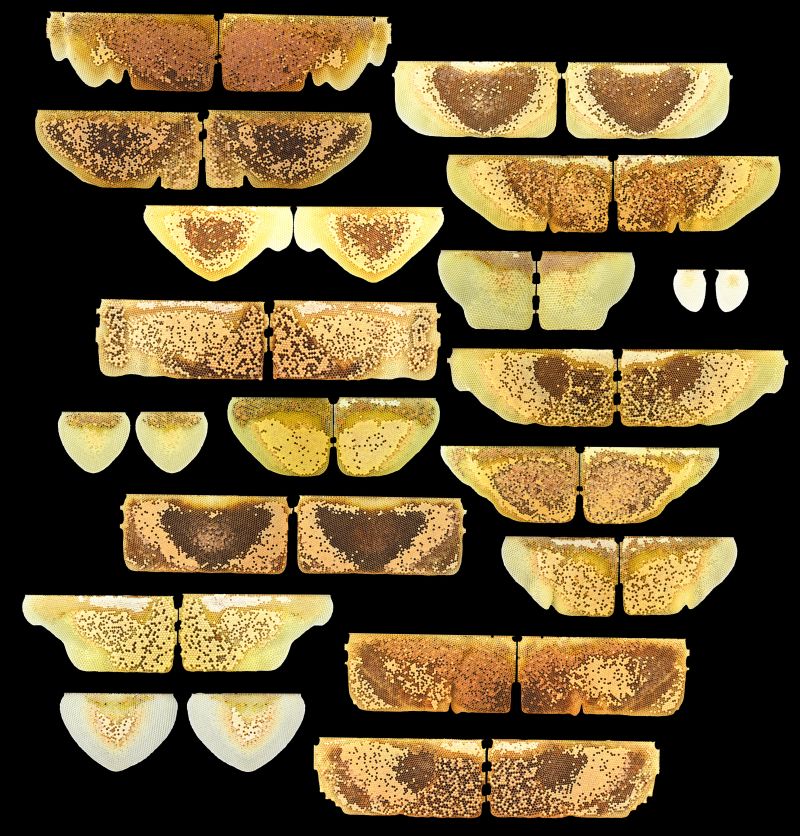
Creating a buzz about bee nest symmetry
Mirroring the mechanisms that make human faces and bodies — and those of many multicellular organisms — symmetrical, bee colonies build symmetrical nests when they are placed on either side of a double-sided comb. The finding, published in Current Biology by U.S. National Science Foundation-supported researchers, extends examples of symmetry in biology to the behavior of communities and the architectural structures that they build.
In addition to the simple beauty of the mirrored combs, nest symmetry also helps the colonies adapt better. For example, two-sided nests grow more quickly, rear more brood and have a more stable thermal environment than one-sided nests.
"Akin to the location of plumbing in the construction of an apartment building, which often results in mirrored kitchens or bathrooms across apartments, bees originate their colonies based on a heat source, and thermal cues drive colony organization," said Michael L. Smith, corresponding author on the publication and assistant professor in the department of biological sciences at Auburn University. “Heat cues direct where the nest is initiated and where the queen begins laying eggs, but the entire nest is symmetrical, including their pollen and honey stores.”

Credit: Images Smith Bee Lab, arrangement by Peter R. Marting
As the behavior is present in several species of honeybees, all within the genus Apis, the researchers posit that nest symmetry likely evolved when honeybees moved from building single-sided combs to double-sided ones between 50 and 60 million years ago.
"Symmetry is visible in many organisms at several levels, from the molecular to the full body, but this is the first work to show architectural symmetry at this superorganism level," said Colette St. Mary, a program director in the NSF Directorate for Biological Sciences, which partially funded the research. "Identifying properties or behaviors that cut across biological scales like this helps elucidate the rules of life."
Distribution channels: Science
Legal Disclaimer:
EIN Presswire provides this news content "as is" without warranty of any kind. We do not accept any responsibility or liability for the accuracy, content, images, videos, licenses, completeness, legality, or reliability of the information contained in this article. If you have any complaints or copyright issues related to this article, kindly contact the author above.
Submit your press release